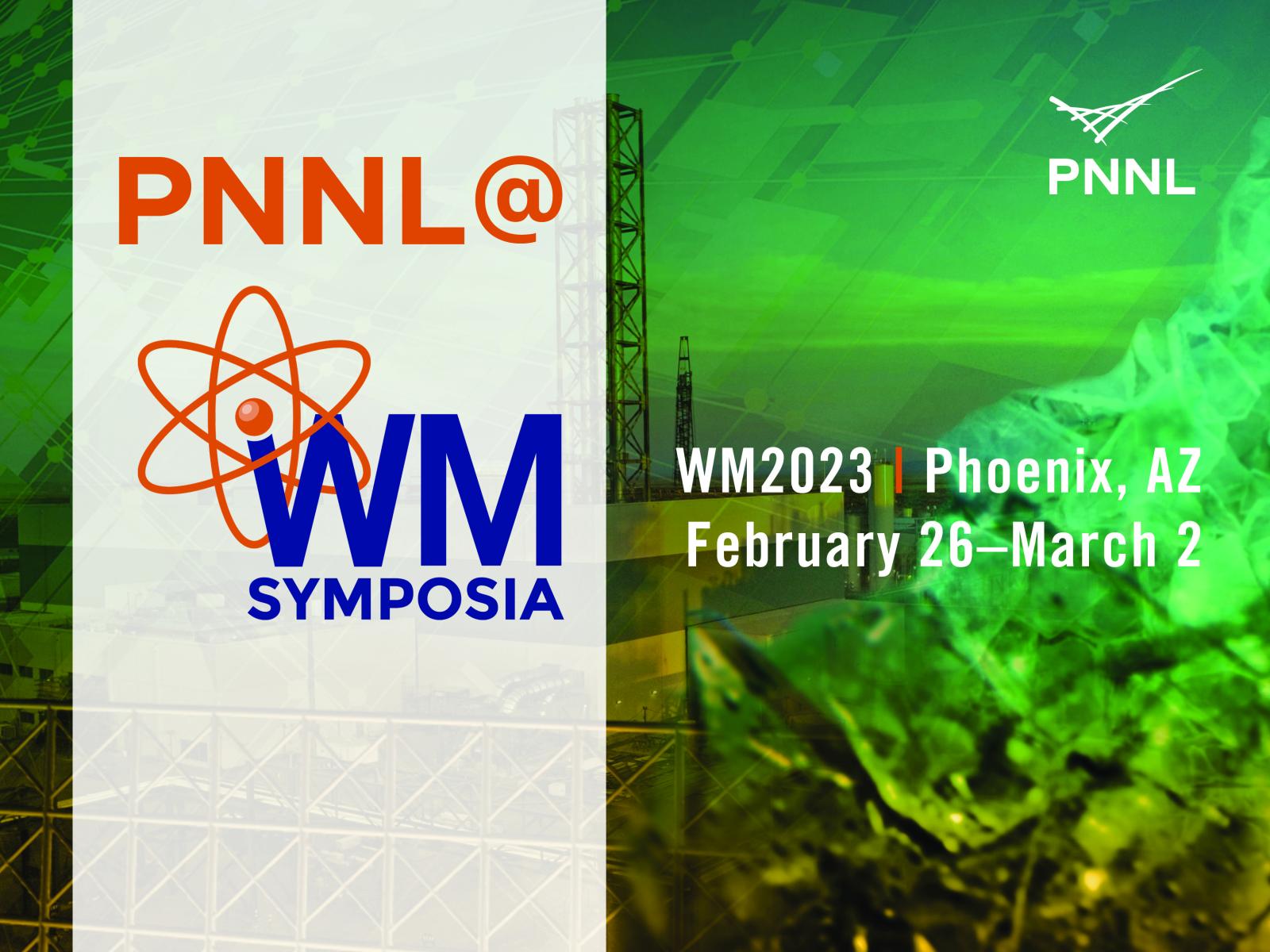
Image by Jamie Gority | Pacific Northwest National Laboratory
Booth 1110, Phoenix, Arizona
PNNL researchers are part of 33 presentations, panel discussions, and posters at the Waste Management Symposia (WM2023) from February 26 to March 2, 2023, in Phoenix. Topics include community transformations from cleanup to clean energy, Hanford tank waste processing, glass and grout wasteform development, transportation of microreactors, and groundwater remediation.
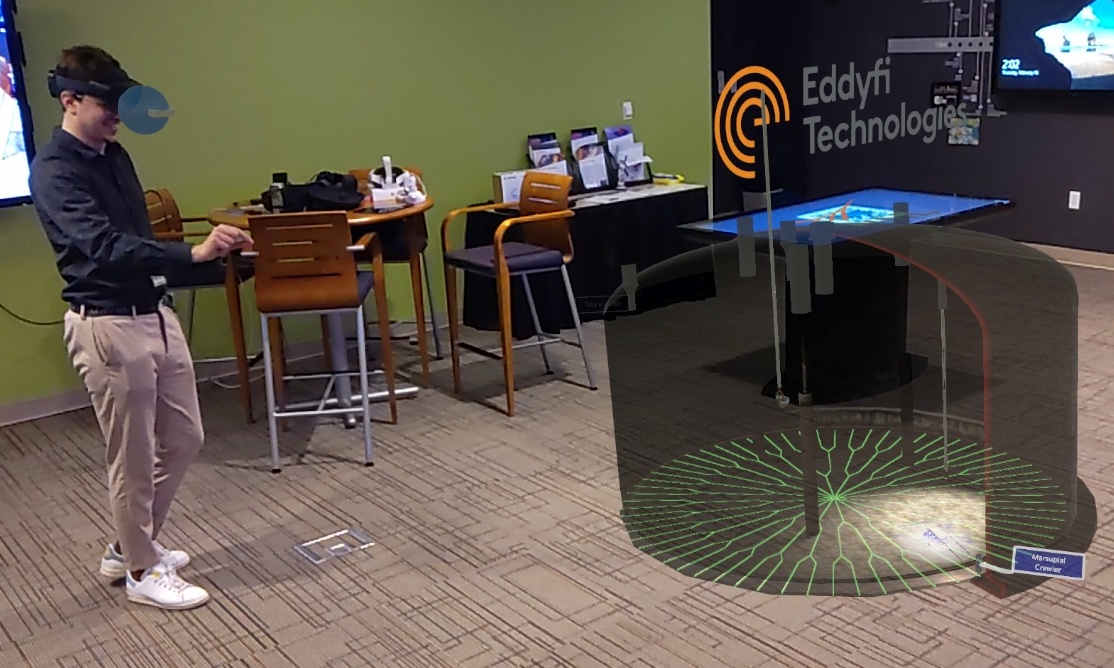
Visitors to PNNL’s booth 1110 can experience an augmented reality demonstration of how new technologies will enable inspection of the bottom of the Hanford Site’s underground waste tanks for flaws. The demonstration complements a presentation by Steven Rosenthal on “Next-generation Flaw Characterization in Hanford Under-tank Inspection by the Robotic Air-slot Volumetric Inspection System (RAVIS)” (Track 2, Session 152, Thursday morning).
While the PNNL presence at the Waste Management Symposia primarily focuses on research results to support nuclear waste processing and environmental remediation, inspiring the next generation of researchers is an ongoing endeavor. The team of Karen Kniep Blanton, STEM Education consultant, and material scientist Charmayne Lonergan will present “How PNNL’s STEM Ambassadors Program is Changing Research-Community Interactions: 3 Case Studies” (Track 10, Session 47, Tuesday morning). And at a Tuesday awards luncheon, chemical engineer Philip Schonewill—an expert in tank side cesium removal—will be presented with the American Nuclear Society’s Best Oral Paper/Presentation Award from the WM2022 Conference.
See the full schedule of PNNL speakers here. Find the Waste Management Symposia program here.
Panel Discussions on Key Issues
US Cleanup to Clean Energy – The Hanford Site and Tri-Cities Community Transformation (Track 1, Session 100, Wednesday morning)
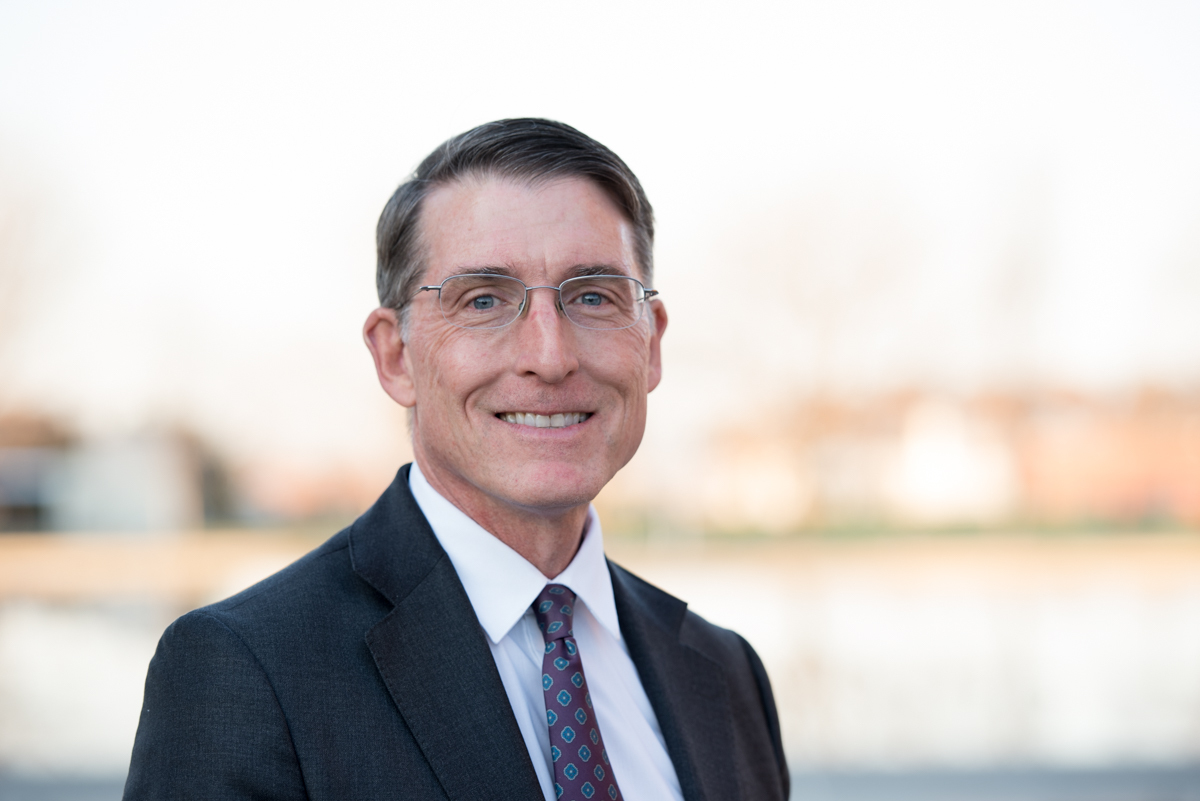
Jud Virden, PNNL’s associate laboratory director for energy and environment programs, is part of a panel about how ongoing collaboration between the community and the Hanford Site supports cleanup and clean energy goals—from tank waste treatment to economic development. In addition to Virden, panelists representing the Tri-Cities and the Hanford Site are Brian Vance, Manager, Richland Operations Office/Office of River Protection, US DOE-Hanford; David Reeploeg, VP Federal Programs/Executive Director, TRIDEC/Hanford Communities; Wes Bryan, Washington River Protection Solutions; Robert Wilkinson, President/General Manager, Hanford Mission Integration Solutions; Valerie McCain, Project Director, Hanford Waste Treatment and Immobilization Plant, and Senior Vice President, Bechtel National; and John Eschenberg, President, Central Plateau Cleanup Company.
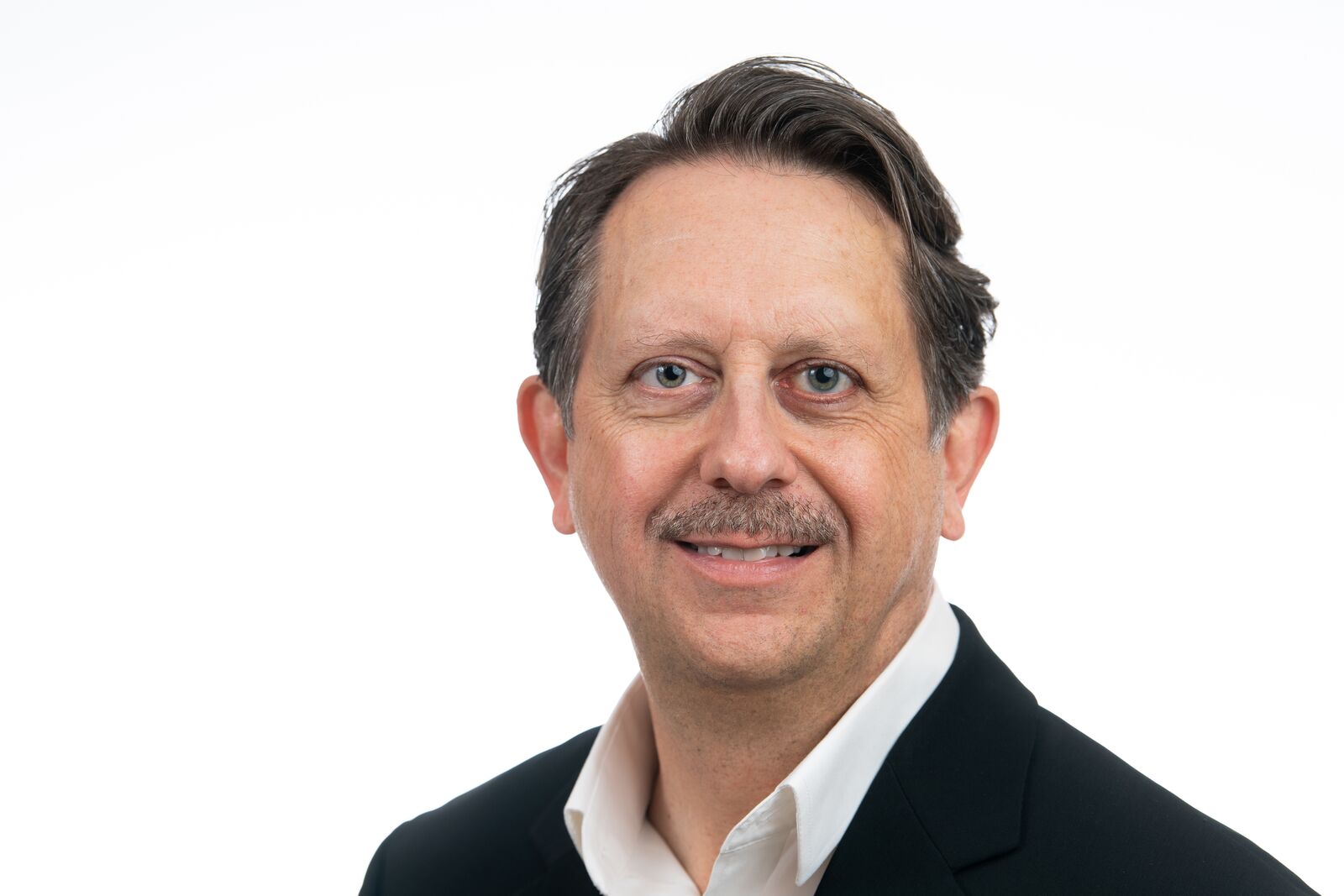
US Congressionally Mandated Study of Treatment Alternatives of Hanford Supplemental Low Activity Waste (Track 2, Session 139, Wednesday afternoon)
Tom Brouns, manager of PNNL’s Environmental Management Sector, joins this panel discussion about the Congressionally mandated follow-on study by the Federally Funded Research and Development Center team and the National Academies of Science, Engineering, and Medicine committee. The study is on treatment options for supplemental low-activity waste at the DOE Hanford Site. Decisions about the treatment approach have significant implications for the Hanford tank waste program's cost and schedule.
Radioactive Waste Processing
For nearly 60 years, PNNL researchers have been providing scientific and technical solutions toward the safe and efficient cleanup of the environmental legacy from nuclear weapons development and government-sponsored nuclear energy research. In addition to supporting waste storage needs, PNNL’s waste processing programs aim to develop, mature, and deploy key technologies that align with client mission objectives to safely, efficiently, and effectively retrieve, treat, and immobilize tank waste for Hanford Site tank closure.
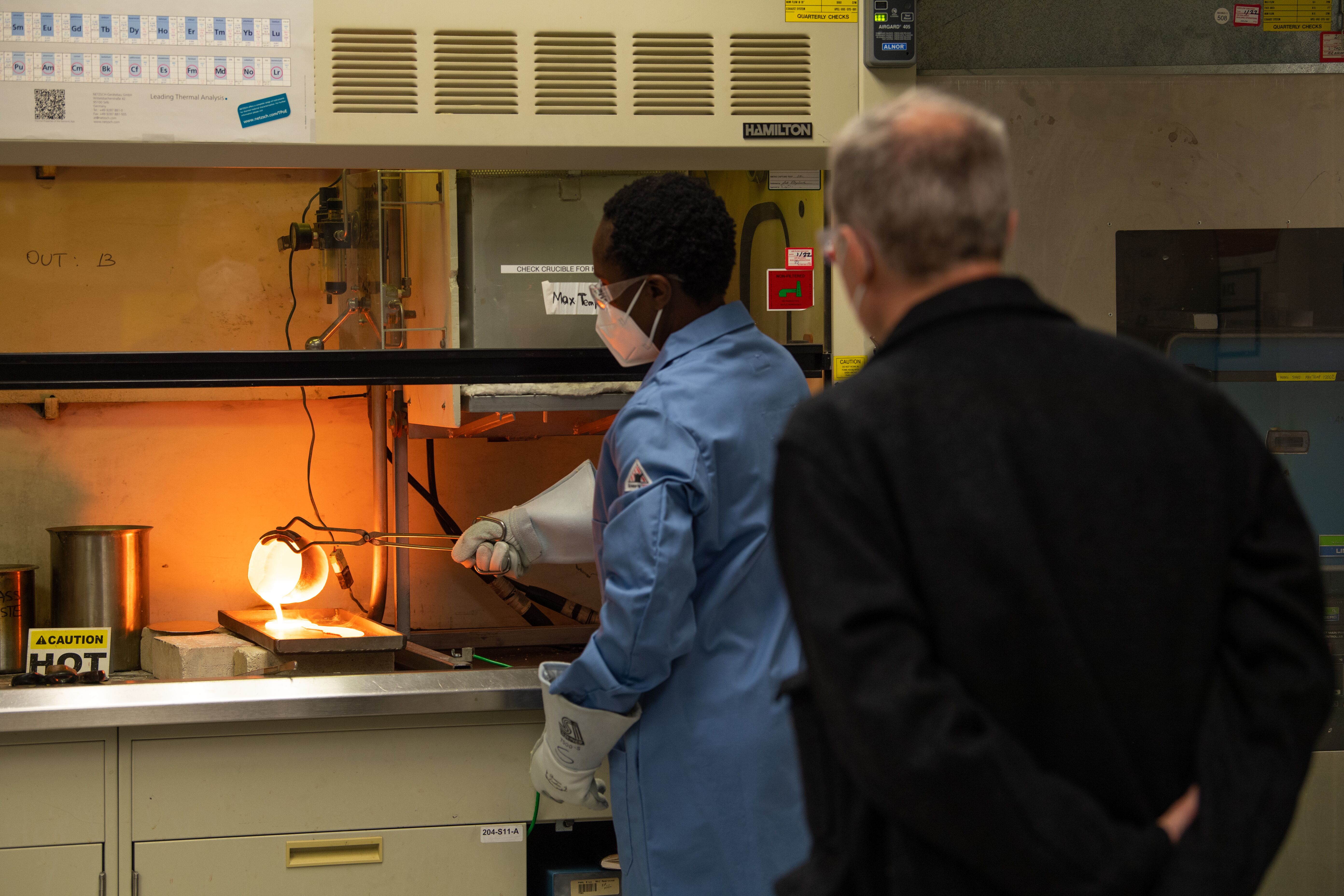
Presentations at WM2023 related to waste processing include the following:

- PNNL lab fellow and materials scientist John Vienna is discussing his extensive research on glass formulations in two sessions. Vienna is presenting “High-Level Waste Glass Processing over Broad Range of Alternative Feed Compositions” (Track 2, Session 134, Wednesday afternoon) and is a panelist in “US-France Collaboration In Radioactive Waste Management” (Track 1, Session 3, Monday morning).
- “Review of Getter Use for Iodine and Technetium in Cementitious Waste Forms” by chemist Matt Asmussen (Track 3, Session 108, Wednesday morning).
- “Scaled Performance of Cesium Ion Exchange with Crystalline Silicotitanate on Hanford Tank Waste” by chemical engineer Amy Westesen (Track 2, Session 133, Wednesday afternoon).
Environmental Remediation
Multi-disciplinary science combined with applied engineering enable PNNL researchers to mature and deploy innovative remediation and monitoring solutions for every phase of the regulatory cleanup process—supporting the nation’s soil and groundwater cleanup missions and helping transition complex environmental sites into long-term stewardship.
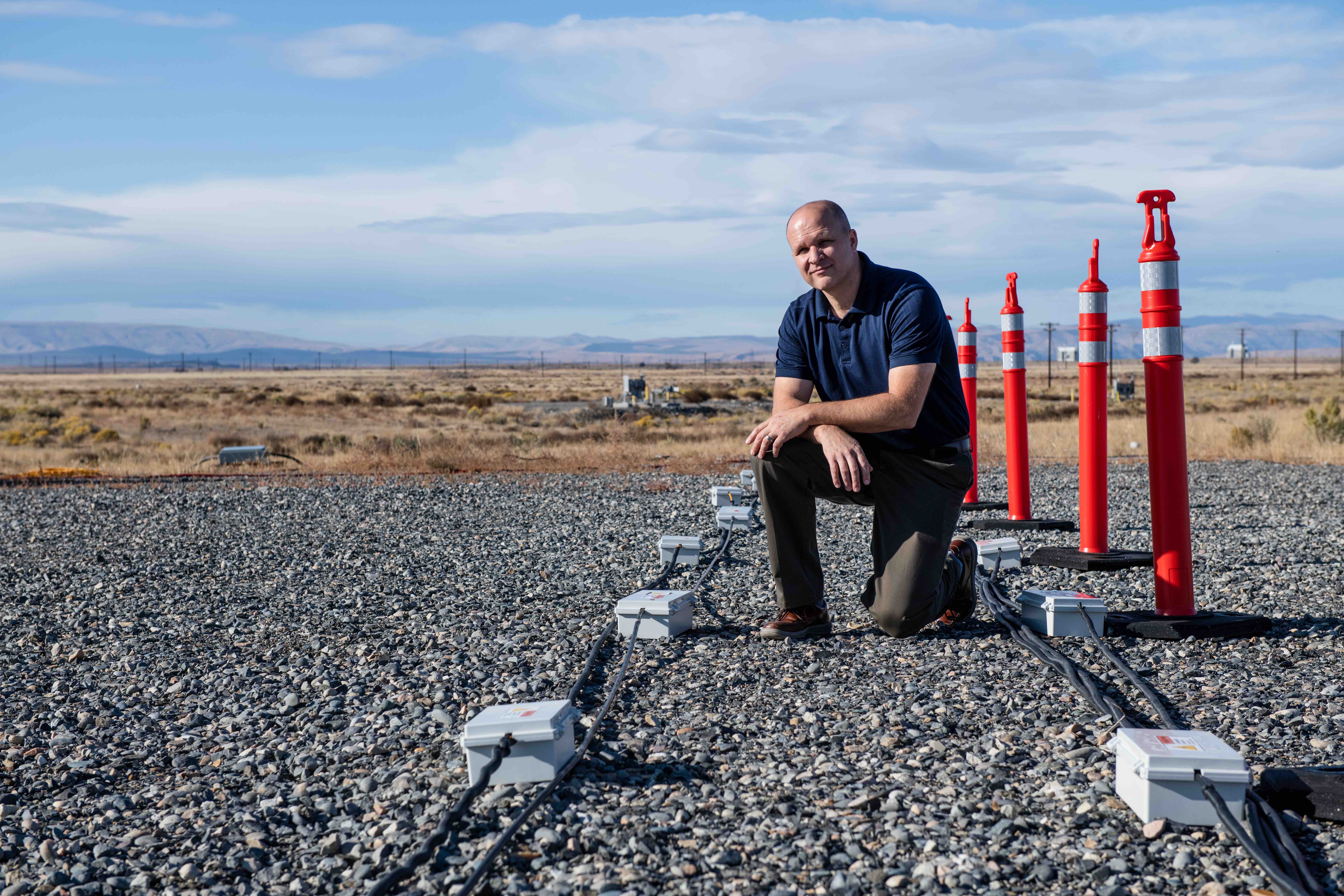
Presentations at WM2023 related to environmental remediation include the following:
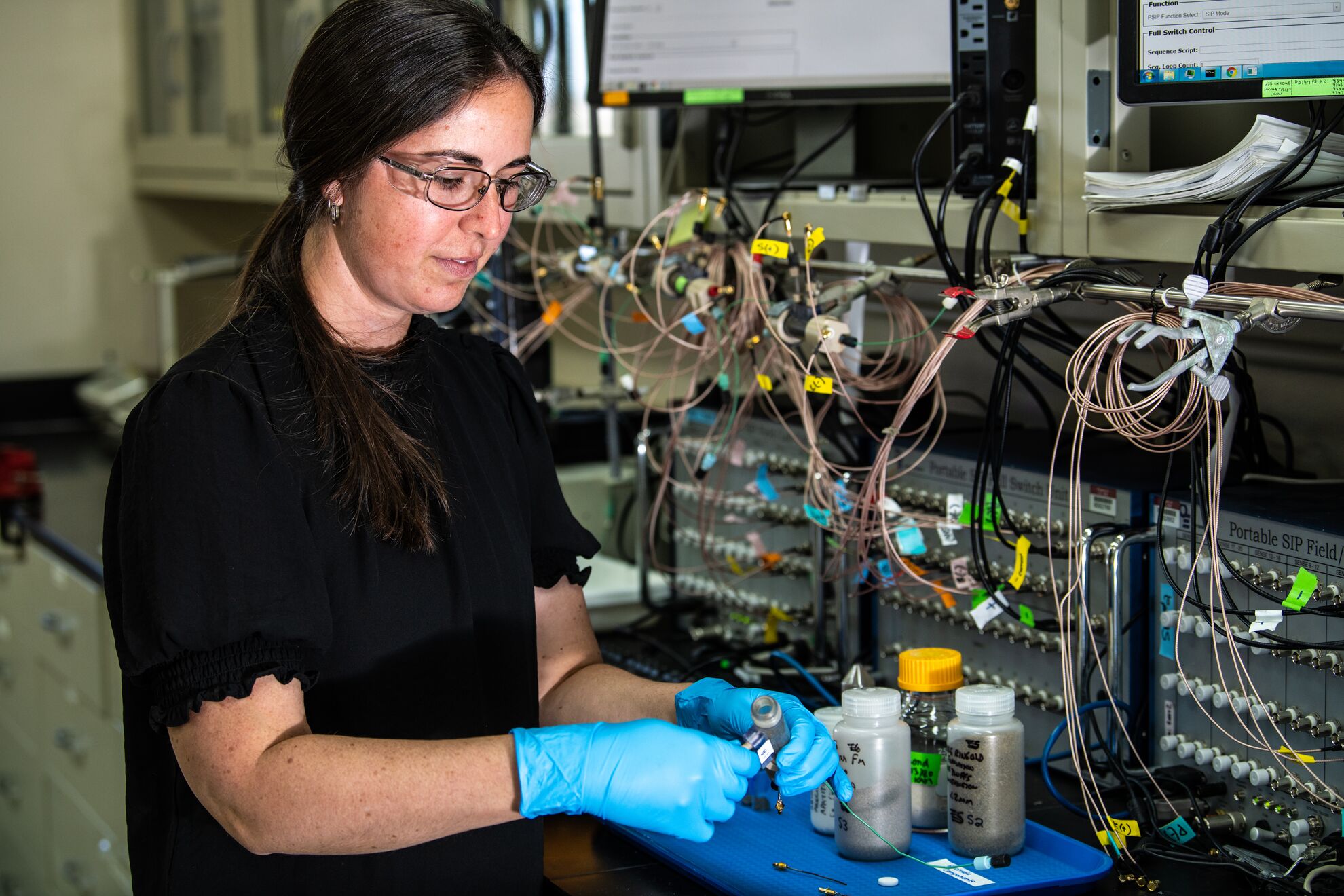
- “4D Electrical Resistivity Tomography to Locate a Perched-Water Monitoring Borehole at the Hanford Treated Effluent Disposal Facility” by computational scientist Tim Johnson (Track 7, Session 32, Monday afternoon).
- “Investigating Preferential Pathways Using Multiple Geophysical Methods on the Hanford Site to Support Remedial Decisions” by computational scientist Judy Robinson (Track 7, Session 57, Tuesday morning).
- Earth scientist Hilary Emerson will give two presentations in the same session, “Comparison of In Situ Phosphate Amendments for Sequestration of Uranium and Technetium-99” and “Use of Reactive Gases for Tc-99 and U Remediation in Hanford Vadose Zone Sediments” (both in Track 7, Session 30, Monday afternoon)
Integrated Waste Management for Nuclear Energy
For more than a decade, PNNL’s nuclear fuel cycle researchers have developed and evaluated safer and economically improved fuels, innovative methods for fuel fabrication, and alternative means of recycling, storing, and transporting spent nuclear fuel. These efforts are sponsored by the DOE Office of Nuclear Energy and the Nuclear Regulatory Commission, in partnership with the nuclear industry.
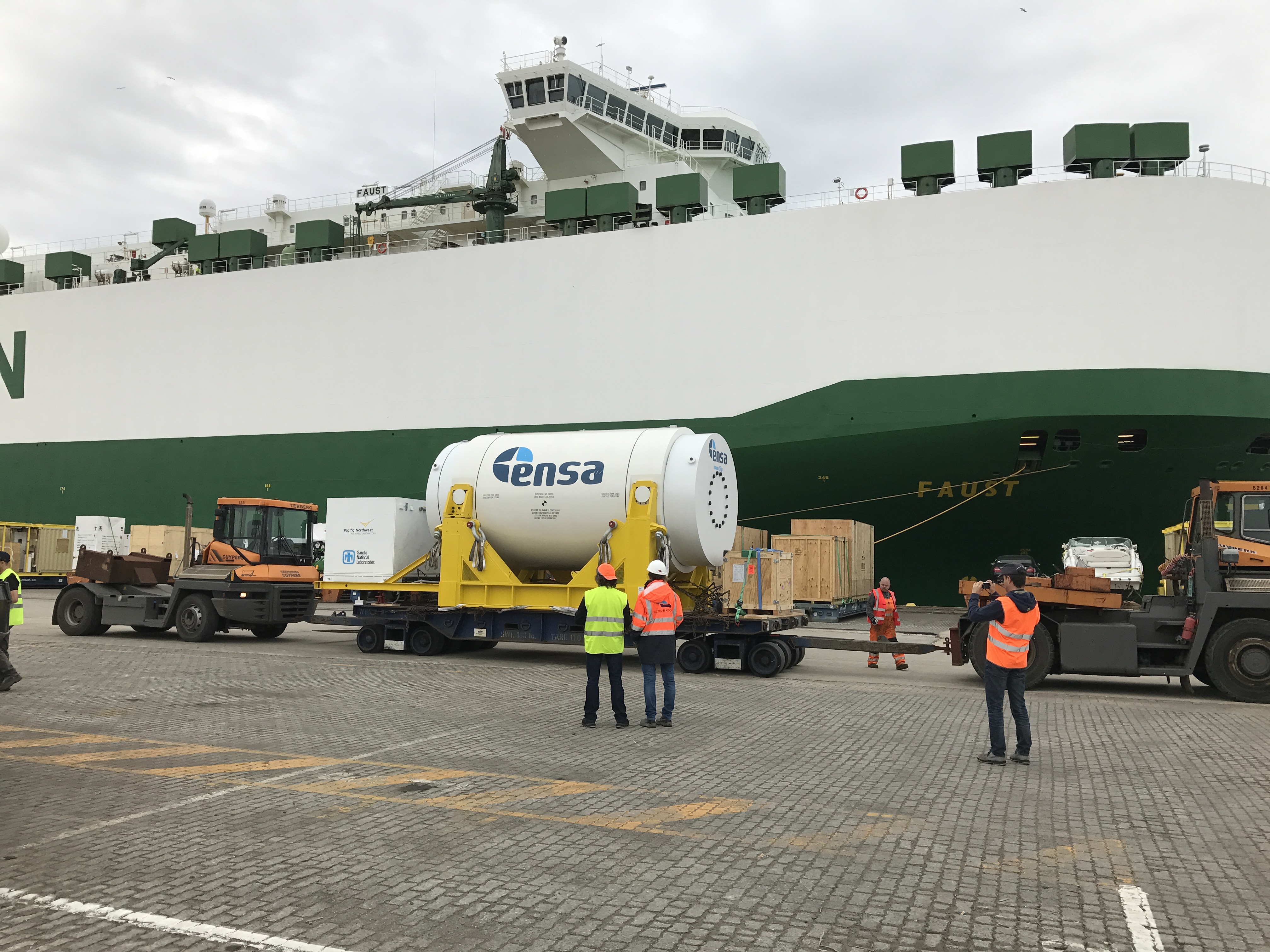
Presentations at WM2023 related to integrated waste management include the following:
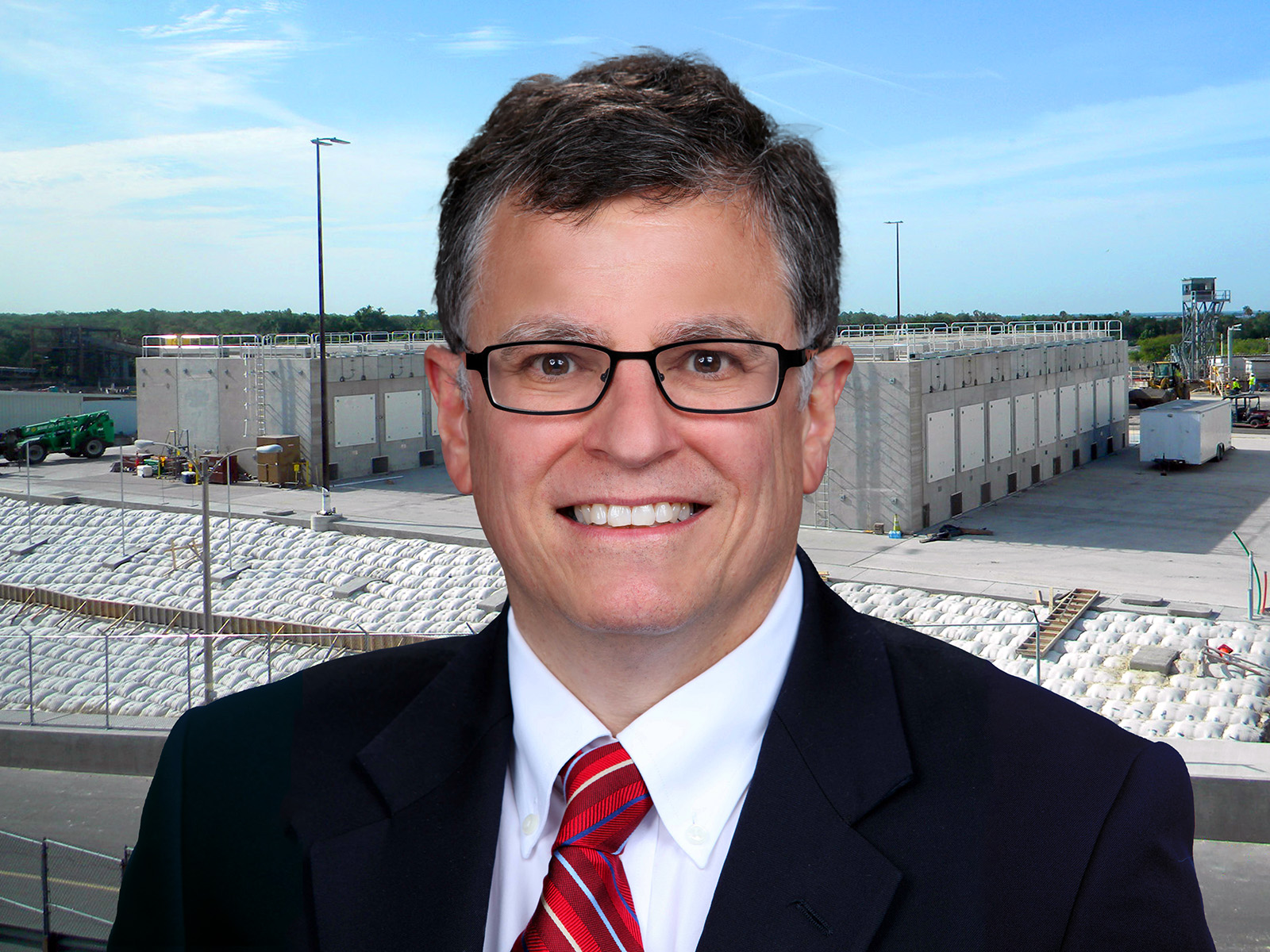
- Two PNNL experts are part of the “Transport of Microreactor” roundtable discussion: Harold Adkins and Steve Maheras (Track 5, Session 103, Wednesday morning). In addition to the roundtable, Maheras will give a presentation on “Dresden Nuclear Power Plant and Morris Independent Spent Fuel Storage Installation Site Infrastructure Evaluations” (Track 5, Session 162, Thursday morning).
- Stuart Arm will give a presentation about radiochemical flowsheets as part of the “Advanced Nuclear Reactor Waste Stream Integrated Management and Disposition” panel discussion (Track 2, Session 7, Monday morning).